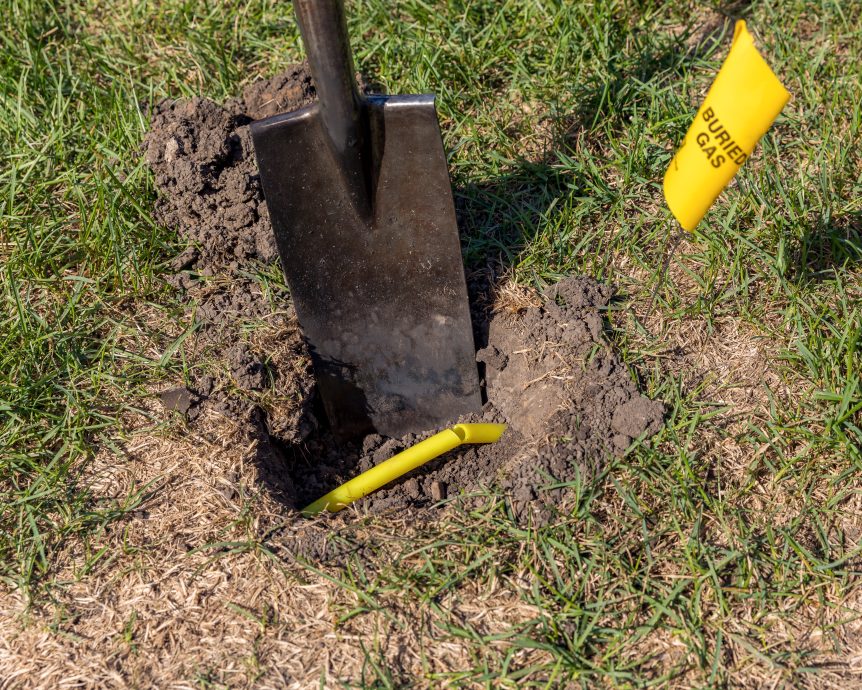As a homeowner, it’s important to understand the various types of insurance coverage available to you. One such coverage option is underground service line coverage. In this article, we’ll explore what this coverage entails and why it’s worth considering.
What are Underground Service Lines?
Underground service lines are the pipes and cables that connect your home to municipal services, such as water, sewer, gas, and internet. These lines are buried underground, making them vulnerable to damage caused by natural wear and tear, as well as external factors such as tree roots and soil erosion.
Why is This Coverage Important?
Most homeowner policies typically do not cover damage to underground service lines. If one of your lines breaks or is damaged, you’ll be facing a significant repair bill.
Adding Coverage to Your Policy
Many insurance carriers offer optional limited coverage for underground service lines that can be added to your homeowner’s insurance policy. This coverage can protect you from expensive repair costs in the event that one of your service lines requires repairs or replacement.
What Does Underground Service Line Coverage Include?
Underground service line coverage typically includes repair or replacement costs associated with damage to your home’s service lines. This can include the cost of materials and labor but also any expenses related to excavation and site restoration.
It’s important to note, however, that not all types of damage are covered under this type of policy. For example, damage caused by earthquakes, landslides, or other types of natural disasters may not be covered. Additionally, damage caused by neglect or intentional damage may also be excluded.
Is It Right for You?
The need for underground service line coverage depends on factors such as your home’s age and the condition of the service lines. Newer homes or well-maintained lines may not require this coverage, but older lines or homes in disaster-prone areas may benefit from it. Talk to your insurance agent to learn more about this coverage option and whether it’s right for you.

